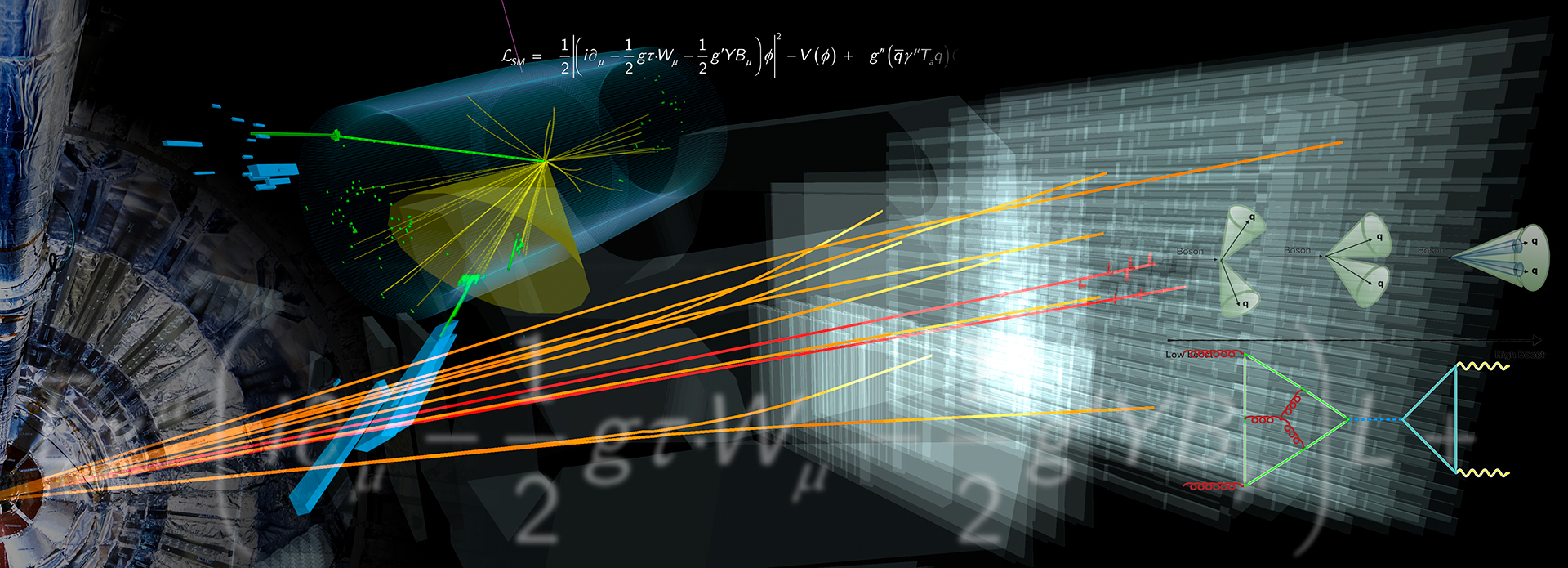A2a: The effective electroweak Lagrangian in the light of the LHC
| Principal Investigator | ||
|---|---|---|
| Prof. Michael Krämer | RWTH Aachen University | |
| Prof. Tilman Plehn | Heidelberg University | |
Subject
The Higgs sector is at the heart of precision LHC physics. Effective theo- ries provide a data-driven interpretation framework, including a link between Higgs and electroweak measurements. Higgs physics is the driving force to- wards a comprehensive LHC analysis in terms of a Standard Model effective Theory (SMEFT). We will develop a consistent field theory approach, lin- king an appropriate Lagrangian to precision predictions and analyses for the coming LHC runs. Using our SFITTER framework we will develop and per- form a global analysis with a focus on the theoretical consistency and the treatment of experimental and theoretical uncertainties. It will include new interfaces to LHC data as well as machine learning in the parameter scan. Global analyses based on effective field theories are becomeing standard at the LHC, both in theory and in ATLAS/CMS. The main challenge is that many theoretical and experimental approximation from Run I will no lon- ger hold for the coming LHC runs. This includes the increased experimental complexity, the theory-driven level of precision, and the links to non Higgs data sets.
Topics
- EFT description and consistency: systematic test of SMEFT consistency at the LHC; effective Lagrangian: CP or custodial symmetries, truncation, combination with electroweak results from LHC, fermionic operators, combination with electroweak precision data, S-parameter, interference between bosonic and fermionic operators, treatment of weak boson decays, relation to UV-complete models, EFT representing model classes;
- Global analysis: implementation of full kinematic information with uncertainties; treatment of correlated theoretical uncertainties comparison of Bayesian and likelihood methods; interpretation of multi-variate analyses; interface to published experimental likelihoods; comparison of Markov chain with NN methods.
